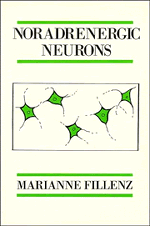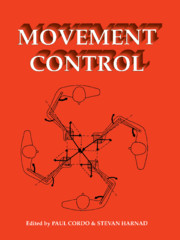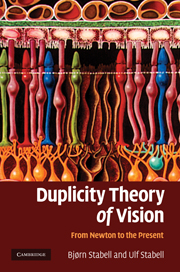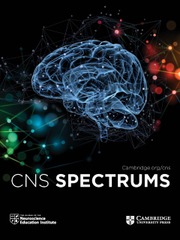Noradrenergic Neurons
Noradrenergic Neurons examines the mechanisms that regulate the release and synthesis of the neurotransmitter noradrenaline. Noradrenaline (or norepinephrine) and the physiological activity of the cells that manufacture and release it, play an important role in response to stress and the development of resistance to stress, as well as psychological mood itself. This book discusses the response of the various noradrenergic receptor subtypes to noradrenaline, and the long-lasting changes that underlie the striking plasticity of function manifested by noradrenergic cells, which in turn are reflected in observable behavioural plasticity. In recent years there has been no single book that presents an up-to-date synthesis of current knowledge on the biochemical anatomical and physiological aspects of this important group of brain and peripheral nervous system cells and their function in the whole behaving organism and this book aims to fill that gap.
Product details
August 1990Paperback
9780521287807
248 pages
228 × 152 × 12 mm
0.35kg
Out of stock in print form with no current plan to reprint
Table of Contents
- Preface
- Acknowledgments
- 1. Background
- 2. The noradrenergic neuron
- 3. Noradrenaline release
- 4. Adrenoceptors
- 5. Noradrenaline synthesis and metabolism
- 6. Regulation of receptors
- 7. Regulation of synthesis
- 8. Regulation of release
- 9. Plasticity of noradrenaline neurons
- 10. Peripheral noradrenergic neurons
- 11. Central noradrenergic neurons
- 12. Function of the locus ceruleus
- 13. Conclusion
- Index.










